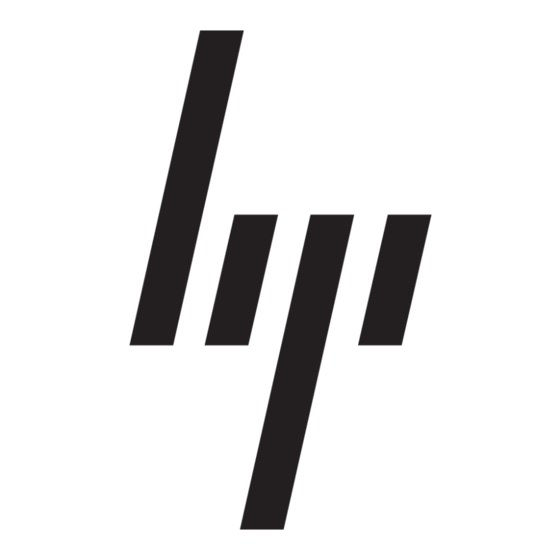HP 234664-002 - ProLiant - ML330T02 Manuel d'introduction - Page 5
Parcourez en ligne ou téléchargez le pdf Manuel d'introduction pour {nom_de_la_catégorie} HP 234664-002 - ProLiant - ML330T02. HP 234664-002 - ProLiant - ML330T02 10 pages. Visualization and acceleration in hp proliant servers
Également pour HP 234664-002 - ProLiant - ML330T02 : Questions fréquemment posées (4 pages), Manuel de mise en œuvre (35 pages), Livre blanc technique (12 pages), Mise à jour du micrologiciel (9 pages), Vue d'ensemble (20 pages), Manuel de mise en œuvre (26 pages), Manuel d'introduction (22 pages), Manuel de dépannage (18 pages), Manuel de mise en œuvre (11 pages), Manuel d'installation (2 pages), Manuel de configuration (2 pages), Manuel d'introduction (19 pages), Manuel de mise à jour (9 pages), Manuel de mise à jour (16 pages), Manuel d'instructions d'installation (15 pages), Dossier technologique (9 pages)

